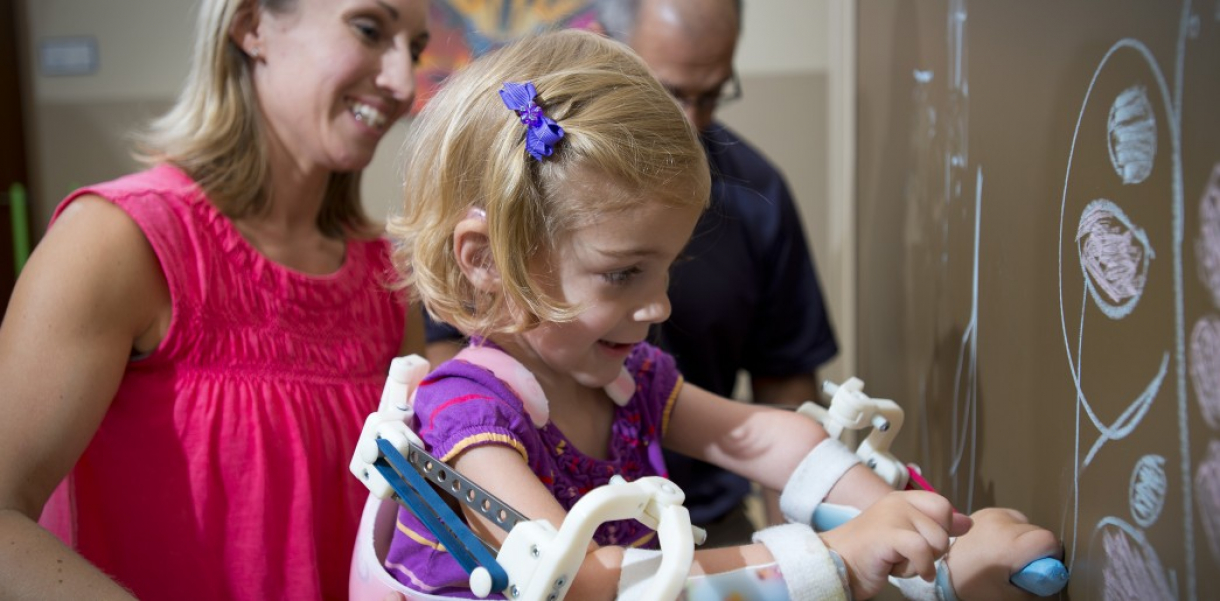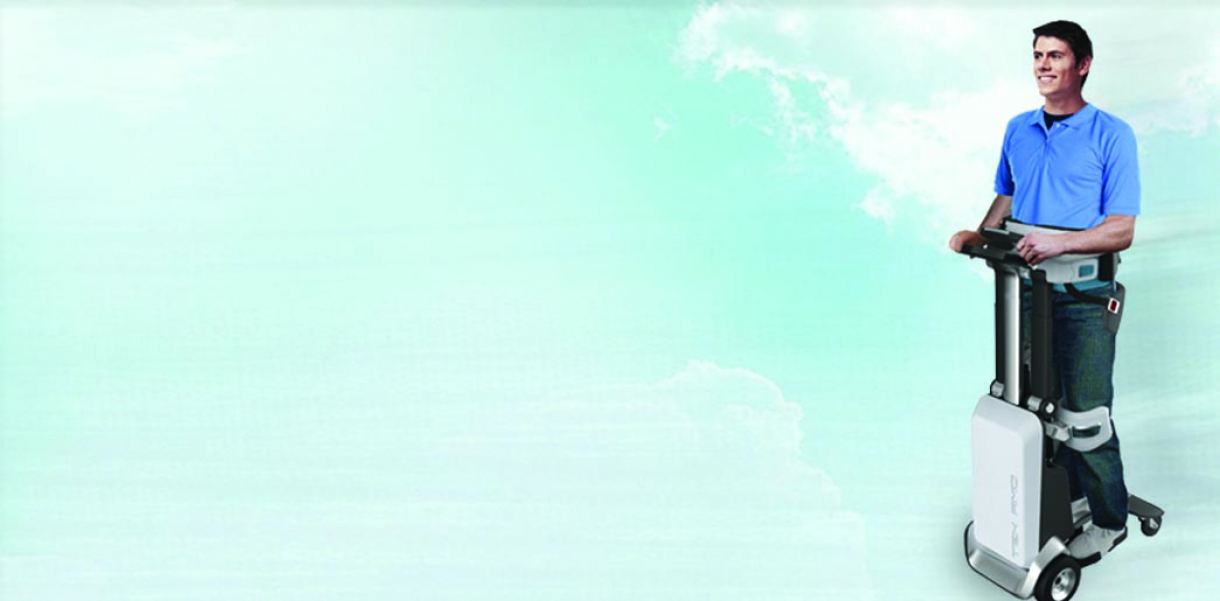Arthrogryposis Multiplex Congenita (AMC) is a non-progressive condition that causes stiff joints and very underdeveloped muscles, leaving children unable to play and heavily dependent on adult assistance. The Wilmington Robotic Exoskeleton brings good news in the form of a lightweight, 3D-printed set of ‘magic robot arms’ aiming to alleviate this irreversible burden.
Developing between the 5th and 6th week of pregnancy, AMC is a ruthless disease. And even though it is quite rare, what it does to little children is horrific - especially since they are born with it. The name of the disease is derived from the Greek meaning for “curved or hooked joints”, and fittingly so, as its symptoms include: twisted, dislocated, lengthened and/or shortened bones and joints, to go along with weakened and deficient muscles. Numerous complications could arise as a result, and amongst them, breathing disorders.
The thought that Emma (image), along with other little children just like her, has to struggle with simple tasks like playing is completely heart-wrenching, and even though AMC is rare it is no less as important than more common diseases and disabilities. Such tragedies should not happen to innocent children.
Luckily, with the aid of Computer Aided Design and 3D printing technology, doctors and engineers were able to produce a smaller and lighter plastic WREX (Wilmington Robotic EXoskeleton) to suit personally the exact body size of Emma and children like her, thus allowing for more natural and relatively effortless movements. The wearable set of “magic arms”, as little Emma calls them, is made of lightweight plastic enforced by rubber bands that amplify the wearer's movements.
The most amazing thing about this design is not even that as the children grow, more elements of the WREX can be printed on demand to accommodate their development - without having to wait for replacements - but that use thus far (currently by 15 children) has indicated a potential muscle development, enabled by the device. Currently, researchers are investigating the potential in earlier use with younger children, hoping to prove the benefits in terms of minimizing the symptoms of their disease.
Although the damage done by the skeletal degeneration caused by AMC is permanent and there is no cure, it is truly inspiring to see that there are so many who put so much thought, invention and effort into bettering the lives of others. Only time will tell how this wonderful design evolves and what added benefits it brings, however the good news is that children touched by AMC have a chance at even a glimpse of a happy life.






